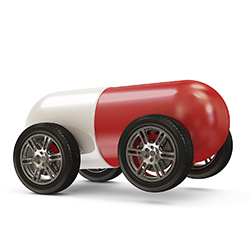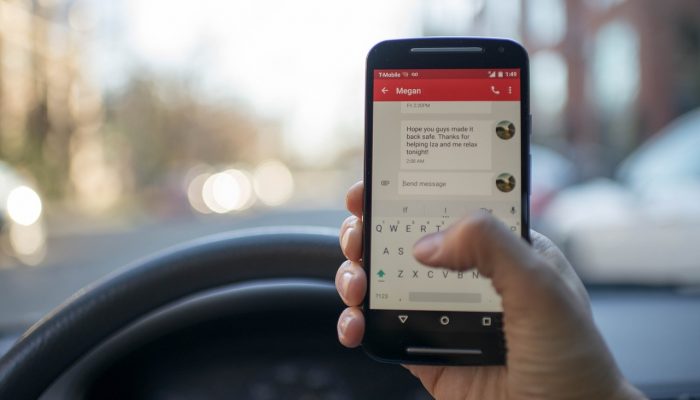Drinking and driving is never out of the headlines for long but now another driving topic has captured the media’s attention. The law regarding driving whilst under the influence of drugs has recently seen a big shake up under the Crime and Courts Act 2013.
From March 2015 drug driving became illegal if the police can show you are over the limit.
The Government has – perhaps rather late in the day – shone a spotlight on the effect on driving of taking illegal drugs and various prescription drugs. Some may have seen the Department for Transport TV ad showing a man evidently affected by recreational drugs driving home from a night out and becoming increasingly sweaty, jumpy and generally paranoid about the slightest thing; a flashing blue sign in a shop window, a shadow or a bright light in someone’s house. The ad ends with a real blue light appearing behind him.
It has long been enshrined in law that driving whilst unfit through drink or drugs is illegal with penalties in keeping with those for drink driving.
Now anyone who takes illegal substances and drives faces a criminal record, loss of their licence for at least a year and a fine of up to £5,000. It’s now illegal to drive with certain drugs in the body above specified levels, including 8 illegal drugs and 8 prescription drugs. But, if you are taking medicines as directed and your driving is not impaired, then you are not breaking the law.
Police Forces have access to new screening equipment to test suspected drug drivers. Officers can test drivers for cannabis and cocaine at the roadside with a disposable device called Drugwipe which works by analysing a small quantity of saliva. The device is able to detect cannabis and cocaine above certain levels but it’s already attracted some controversy, with one of the largest forces, Greater Manchester Police, deciding not to enforce the new law at the present time.
The police can test for cannabis and cocaine and other drugs including ecstasy, LSD, ketamine and heroin at a police station, even if a driver passes the roadside check. New devices that can test for a greater number of drugs at the roadside will, the Government says, be developed in the future.
The law covers the use of 8 drugs often associated with medicinal use that are sometimes abused. The permitted levels for these drugs have been set at higher limits based on the available evidence of the road safety risk – and to reflect their use as medicines. These drugs are:
- Morphine used to treat pain – opiate/opioid based medication will metabolise (i.e. chemically change) into morphine and show in a blood result
- Diazepam
- Clonazepam
- Flunitrazepam
- Lorazepam
- Oxazepam
- Temazepam used to treat anxiety or inability to sleep
- Methadone commonly used to treat drug addiction
Amphetamine, used to treat attention deficit hyperactivity disorder (ADHD) and Parkinson’s disease, became regulated from 14th April 2015 with a threshold limit in blood of 250 micrograms per litre.
The piecemeal manner in which the legislation has been introduced could quite easily lead to confusion amongst drivers at risk of being affected.
The new law has attracted controversy since, as we all know, everyone’s metabolism is different and it is possible that one person will absorb and be affected by a drug differently from another; one person may excrete a drug from their system at a completely different rate from another. There are, in short, many variables.
Experts say that law-abiding drivers who take over the counter medicines to try and shake off a cold or the flu could find themselves falling foul of the new legislation – even the morning after taking the medication.
Legal over-the-counter medicines could lead to a ban because they can impair drivers’ judgment and slow their reaction times through making them drowsy.
Given that this is potentially a legal minefield drivers accused of the new offence really owe it to themselves to seek out legal advice, especially since the penalties are so severe and may well have a huge impact on the individual’s life and work prospects. Your lawyer can, amongst other things, offer advice on the possibility of seeking expert forensic opinion with a view to contesting the charge.
The new TV advert ends with the message “Now there’s more reason to be paranoid”. With the range of new uncertainties there’s probably every reason to be really concerned.
Newnham & Jordan Solicitors are able to assist and advise you with regard to a variety of Road Traffic, Driving and other regulatory issues.
Call us now on 01202 877400
This article is intended for general information purposes only and shall not be deemed to be, or constitute legal advice. Newnham & Jordan Solicitors cannot accept responsibility for any loss as a result of acts or omissions taken in respect of this article or any external articles it may refer or link to.



